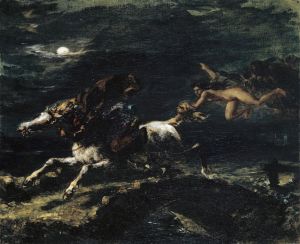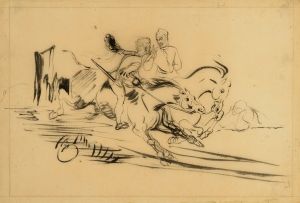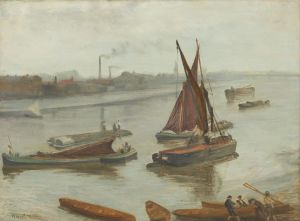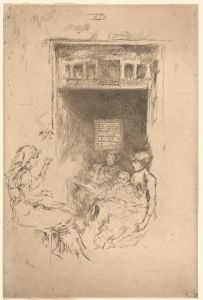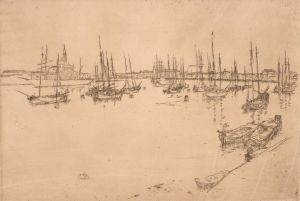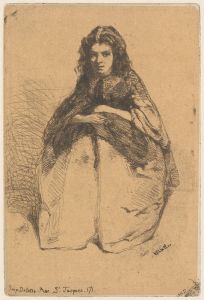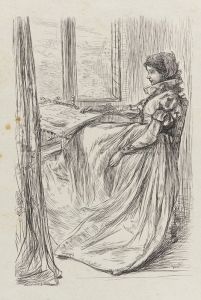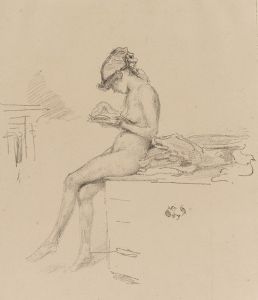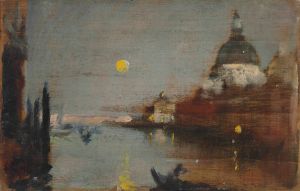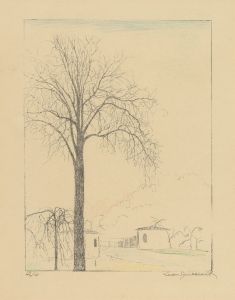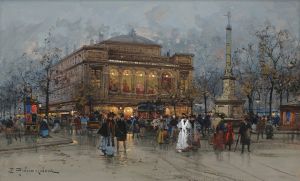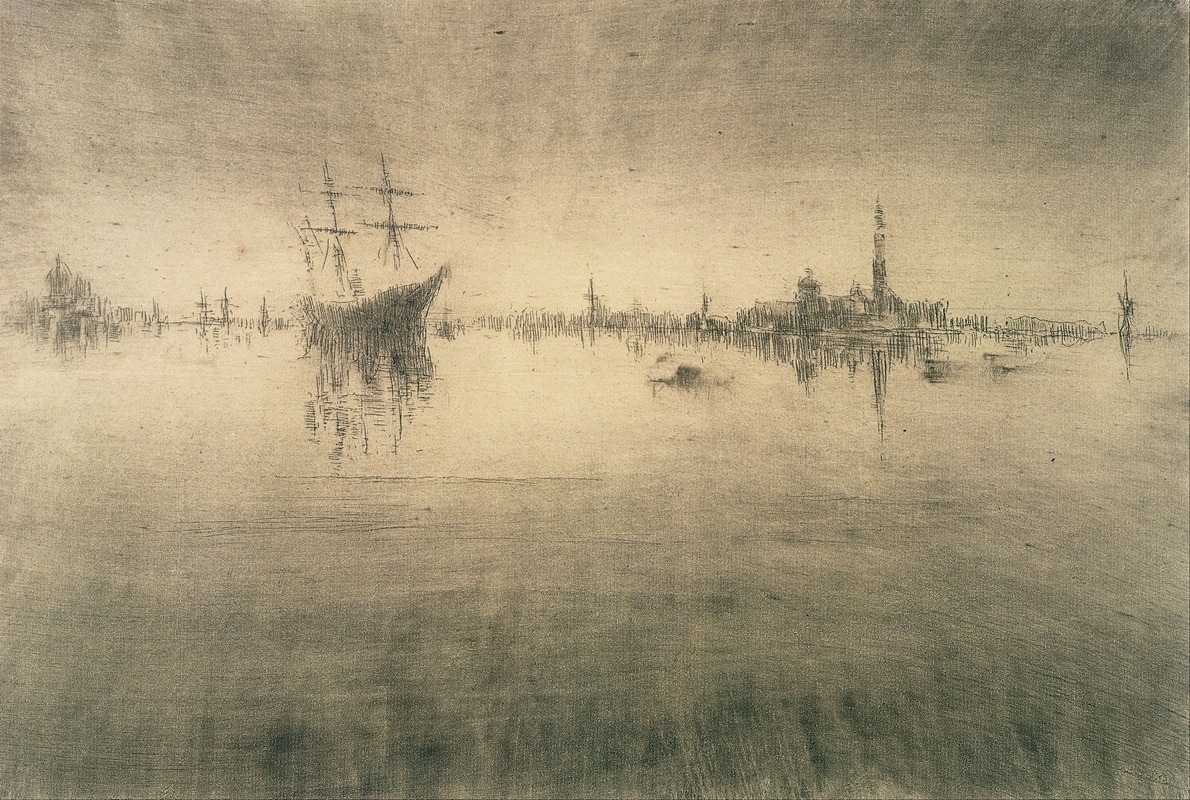
Nocturne
A hand-painted replica of James Abbott McNeill Whistler’s masterpiece Nocturne, meticulously crafted by professional artists to capture the true essence of the original. Each piece is created with museum-quality canvas and rare mineral pigments, carefully painted by experienced artists with delicate brushstrokes and rich, layered colors to perfectly recreate the texture of the original artwork. Unlike machine-printed reproductions, this hand-painted version brings the painting to life, infused with the artist’s emotions and skill in every stroke. Whether for personal collection or home decoration, it instantly elevates the artistic atmosphere of any space.
James Abbott McNeill Whistler's "Nocturne" is a term used to describe a series of paintings created by the American-born artist during the late 19th century. These works are characterized by their atmospheric quality, subdued color palettes, and focus on mood rather than detailed representation. Whistler's "Nocturnes" are often associated with his exploration of the interplay between art and music, as the term itself is borrowed from the musical compositions of the same name, which are typically lyrical and evocative.
One of the most famous works in this series is Nocturne in Black and Gold: The Falling Rocket (c. 1875), which depicts a fireworks display over the Thames River in London. The painting is notable for its abstract qualities, with Whistler employing a loose, almost impressionistic technique to capture the fleeting effects of light and atmosphere. This approach was groundbreaking at the time and contributed to the development of modern art by challenging traditional notions of realism and narrative in painting.
Whistler's "Nocturnes" were influenced by his interest in Japanese art, particularly the aesthetic principles of simplicity and harmony. This influence is evident in the compositions' emphasis on balance and the use of negative space. The paintings often feature muted tones of blue, gray, and green, creating a dreamlike quality that invites viewers to contemplate the emotional resonance of the scenes rather than their literal details.
The "Nocturnes" also played a significant role in Whistler's career, both artistically and in terms of public recognition. Nocturne in Black and Gold: The Falling Rocket became the subject of a famous libel trial in 1877, when the prominent art critic John Ruskin accused Whistler of "flinging a pot of paint in the public's face." Whistler sued Ruskin for defamation, and while he won the case, he was awarded only a token sum in damages. The trial brought significant attention to Whistler's work and sparked debates about the nature of art and the role of the artist.
Today, Whistler's "Nocturnes" are celebrated as masterpieces of 19th-century art and are considered pivotal in the transition from traditional to modern artistic approaches. They are housed in major museums and collections around the world, where they continue to inspire and captivate audiences with their poetic and innovative qualities.






